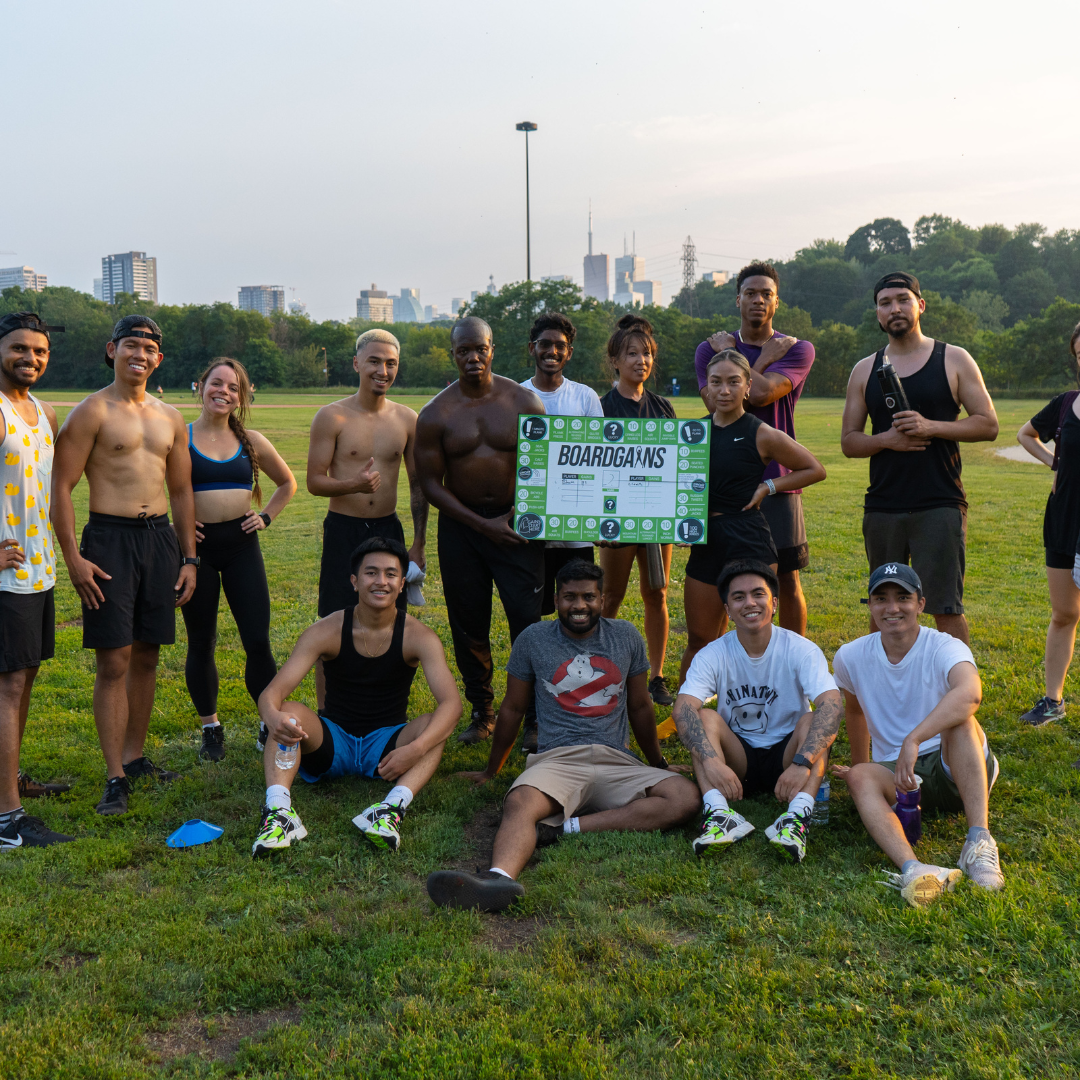Military fitness training has always been synonymous with robustness and resilience. In recent years, innovative approaches have revolutionized this field, making it more efficient and effective. This article delves into the innovative training techniques in military fitness, highlighting the importance of such methods in preparing military personnel for the physical demands of their roles.
Introduction to Military Fitness Training
Military fitness is not just about physical strength; it's a composite of various physical and mental attributes, essential for the rigorous demands of military life. Innovative training techniques have become pivotal in enhancing these attributes, ensuring soldiers are well-prepared for any challenges they might face.
Fundamentals of Military Fitness
Traditional military training has focused primarily on aerobic fitness and muscular endurance, tailored to the needs of specific military groups. However, the adoption of nontraditional training methods has introduced advanced resistance programs and structured exercises, bringing a fresh perspective to military fitness regimes.
High-Intensity Interval Training (HIIT) in Military Fitness
HIIT has emerged as a cornerstone in military fitness programs. This training method involves intense bursts of activity followed by short rest periods, pushing the boundaries of both cardiovascular and muscular endurance. HIIT's effectiveness in military training lies in its ability to simulate combat scenarios, where high-intensity efforts are often interspersed with periods of lower activity.
Strength and Power Training
Strength and power are vital in military training to reduce the risk of injuries and enhance overall performance. Emphasis on exercises like squats, deadlifts, and push-ups not only builds muscle strength but also fortifies soldiers against common field injuries.
Technological Innovations in Military Training
The integration of technology in military training has opened new horizons. Projects like SHARPI utilize sensors and wearable tech to monitor physiological responses during training, providing invaluable data to optimize training regimens. This approach allows for a tailored training experience, maximizing efficiency and reducing the risk of injuries.
Innovative training techniques in military fitness not only prepare soldiers physically but also mentally for the challenges of military life. The integration of technology and the adoption of modern training methodologies such as HIIT and strength training are paving the way for more effective and efficient preparation of military personnel.
Advanced Resistance Training Programs
Advanced resistance training, such as German Volume Training (GVT), plays a crucial role in military fitness. GVT, known for its high-volume approach, involves performing 10 sets of 10 repetitions, which is effective in increasing lean body mass and decreasing fat mass. Such training programs are essential for building the strength and endurance needed in various military roles
Functional and Plyometric Training
Functional exercises are key in developing the overall athleticism required in the military. These exercises include squats, hinge movements, and ballistic exercises. Plyometric training, or jump training, is also critical as it involves powerful, high-impact movements that enhance strength and endurance. This type of training is crucial for soldiers, as it improves their ability to perform under physically demanding situations.
Endurance and Tactical Training
Endurance is a vital aspect of military training, with activities like running, rucking, and swimming being integral components. Tactical training also involves specific skills development that prepares soldiers for the diverse challenges they may face in the field. This combination of endurance and tactical training ensures that soldiers are not just physically fit but also tactically proficient.
Recovery and Injury Prevention
One of the most critical aspects of military training is recovery and injury prevention. High-volume training can lead to overtraining and severe conditions like rhabdomyolysis if not managed correctly. Therefore, it is crucial to incorporate strategies that allow for proper recovery and reduce the risk of injuries. This includes balancing high-intensity workouts with adequate rest and recovery protocols.
FAQs on Innovative Training Techniques in Military Fitness
Q1: What are the key components of military fitness training? A: Military fitness training typically includes a blend of aerobic conditioning, strength training, endurance exercises, and tactical skills development. It focuses on preparing personnel for the physical and mental demands of military operations, emphasizing functional fitness and adaptability.
Q2: How does HIIT benefit military personnel? A: High-Intensity Interval Training (HIIT) is beneficial in military fitness as it mirrors the intense, varied physical exertions faced in combat situations. HIIT improves cardiovascular health, muscular endurance, and aids in efficient energy usage during high-intensity activities.
Q3: Why is strength training important in military fitness? A: Strength training is crucial in military fitness for injury prevention, building muscle strength, and enhancing overall physical performance. Exercises like squats, deadlifts, and push-ups help in fortifying soldiers against common injuries and improving their capability to handle physically demanding tasks.
Q4: What role does technology play in military fitness training? A: Technological innovations, like wearable sensors and fitness tracking devices, play a significant role in military training. They help in monitoring physiological responses, personalizing training programs, and optimizing overall fitness strategies based on real-time data.
Q5: What is the importance of recovery and injury prevention in military training? A: Recovery and injury prevention are critical to sustain long-term fitness and readiness in military personnel. Adequate recovery prevents overtraining, reduces the risk of injuries, and ensures that soldiers maintain peak physical condition for their duties.
Q6: Are there specific exercises that are unique to military fitness training? A: Military fitness training often incorporates exercises that are tailored to combat-related activities. This includes plyometrics, loaded marches, and functional exercises that mimic movements and scenarios soldiers might encounter in the field.
Q7: How do endurance and tactical training interplay in military fitness? A: Endurance training, such as running and rucking, is complemented by tactical training in military fitness programs. This combination ensures soldiers are not only physically robust but also skilled in specific tactical maneuvers and scenarios relevant to military operations.
External Links
-
Georgia Tech Research Institute's Project SHARPI:
- Innovative Wearable Technology in Military Training
- Anchor Text: "Learn more about Project SHARPI's innovative approach to military fitness using wearable technology."
-
TrainHeroic:
- Comprehensive Training Apps for Military Fitness
- Anchor Text: "Discover how TrainHeroic's training app revolutionizes military fitness training."
-
ACE Fitness High-Volume Training Study:
- Insights into High-Volume Training Efficiency
- Anchor Text: "Read about the ACE Fitness study on the efficacy of high-volume training in military fitness."
Part 2: Advanced Training Techniques and Practices
-
German Volume Training (GVT) Overview:
- German Volume Training for Military Fitness
- Anchor Text: "Explore the principles and benefits of German Volume Training in military fitness."
-
Plyometric Training in Military Fitness:
- Understanding Plyometrics in Military Training
- Anchor Text: "Learn about the role of plyometric training in enhancing military fitness."
-
Recovery and Injury Prevention in Military Training:
- Strategies for Injury Prevention in Military Training
- Anchor Text: "Find out more about recovery and injury prevention methods in military fitness regimes."










Leave a comment
This site is protected by hCaptcha and the hCaptcha Privacy Policy and Terms of Service apply.